Frequently asked questions about the Alamer protocol
Here you will find answers to the most frequently asked questions about the Alamer protocol.
1. When should this protocol be carried out?
You can participate in this protocol and send us your data all year round. However, it is more pleasant to participate from April onwards on a sunny day!
2. Why use a transect and quadrats
By having all participants make observations in a 25 metre transect and 1 metre square quadrats, it will be possible to make comparisons of these observations (e.g. the average number of species identified in the quadrats), regardless of who made them.
3. Why sample 5 quadrats per transect
In the test phases of the protocol, 10 quadrats per beach were sampled. It turned out that from the 5th quadrat onwards, almost 90% of the total number of species were observed there. In order to find the right compromise between participation time and percentage of observable species, the sampling of 5 quadrats represented the best ratio. Of course, in order to avoid this number being a barrier if you have small numbers in your class, you can choose to carry out less than 5 quadrats per transect (5 quadrats being the ideal, but not the absolute rule). They will be treated with equal importance!
4. Why use the algal identification key
It is estimated that there are about 1500 macroalgae [= algae visible to the naked eye] present in European seas. In order to simplify the protocol, it was not possible to propose all these species to be determined, especially as some of them require microscopic observation to be identified. We therefore selected 40 species or groups of species of interest to study in the context of global changes (climatic and anthropogenic). Some of these species are common along the entire North Sea, Channel and Atlantic coasts, others have limited but well-defined geographical distribution areas, while others have arrived more recently on our coasts and will potentially spread further along the coast.
